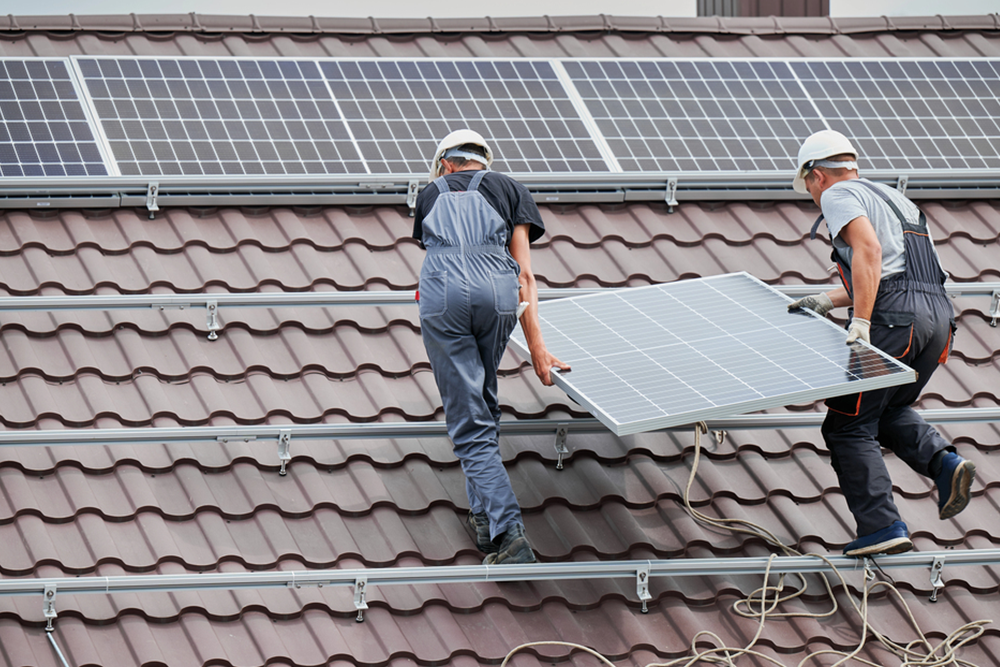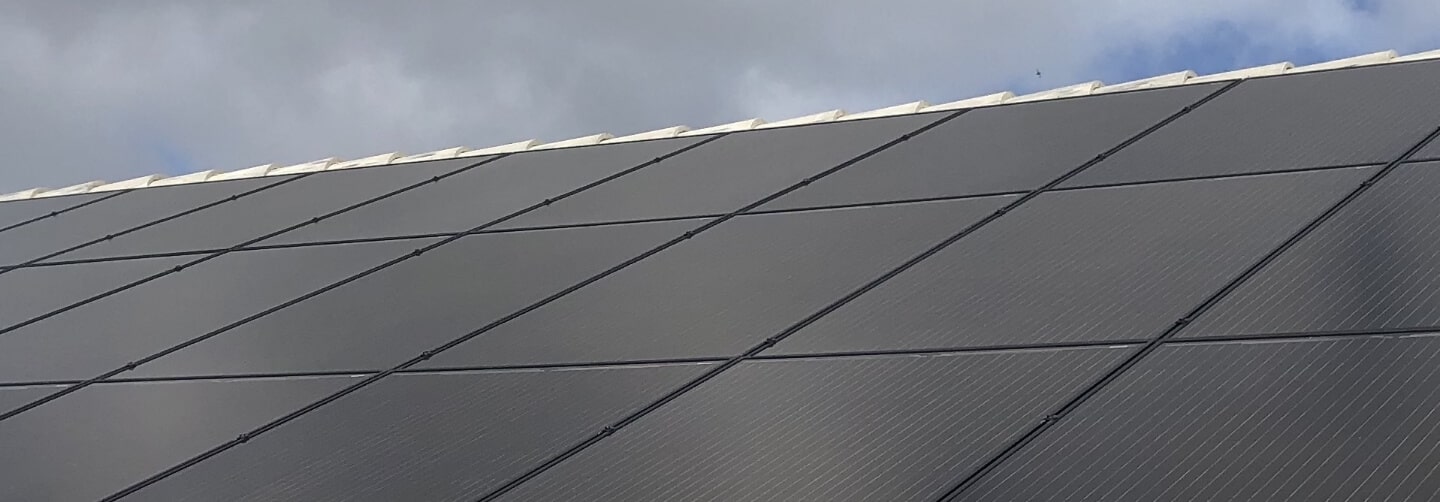How Long Does It Take To Install Solar Panels?

Switching to solar sparks excitement because it means lower utility bills, greater independence from rising energy costs, and a direct investment in your home’s future. The one question that often lingers in a homeowner’s mind is, “How long does it take to install solar panels?”
Although some expect a quick turnaround once panels arrive, the process actually involves more than just securing equipment to your roof. From the moment you sign a contract to the day your utility grants permission to operate, several steps unfold that balance precision with safety. Understanding the flow helps set clear expectations about your solar journey.
What to Expect During the Solar Installation Process
The process of adding a solar system involves more than placing panels on your roof. Every system must first be designed to fit your property and energy profile. That design then moves through permitting and approval, followed by physical installation, inspection, and interconnection with the utility grid.
Each stage builds on the last. Because every jurisdiction has its own requirements, no two projects move at the same pace. Some homeowners see their systems active in a few weeks, while others wait a few months.
- Design and Engineering
Understanding the sequence gives you a clear view of what to expect. The design stage comes first. During this phase, technicians evaluate your roof, electrical panel, and shading factors. They create a layout that maximizes production while aligning with local building codes. This stage usually takes a few weeks as it involves both engineering and equipment ordering.
- Permitting and Approvals
Next comes the permitting process. Municipalities and counties require building and electrical permits for all solar panel installations. The installer then submits detailed design packages to the local authorities, who review everything for compliance with safety codes.
In some towns, this step can be completed in a couple of weeks, while others require a month or longer. The variation depends on the volume of applications moving through the office and how quickly inspectors review solar projects.
- Installation
Once permits are in place, the installation can be scheduled. The physical installation is the shortest part of the process. Crews arrive with panels, racking, inverters, and balance-of-system equipment.
A typical residential array can be completed in just a few days. Larger homes or properties with complex roofs may take a week, but this stage rarely stretches beyond that.
- Inspection and Utility Interconnection
After the panels are secured and connected, inspections follow. Local building departments require a final inspection to confirm the system matches the approved plans.
Inspectors review wiring, grounding, panel placement, and overall system safety. Once approved at the local level, the system then moves to the utility for interconnection.
- From Inspection to Permission to Operate
The final step before you can generate power is utility approval. Utilities require an inspection and a meter swap before granting permission to operate, often called PTO.
The utility installs a bi-directional meter that records both the electricity you use and the power your system exports to the grid. This step can take anywhere from two weeks to over a month, depending on the utility’s workload.
While the waiting period can feel frustrating, it is necessary for safe interconnection. Once the utility completes the process, you can activate your system and start producing clean power immediately.
The utility’s timeline is beyond the installer’s control, so this stage often represents the largest source of delay. Some utilities schedule quickly, while others take several weeks to send out a technician. Once this final hurdle is cleared, your system is online. Then, you start benefiting from reduced electricity bills and long-term energy independence.
- Maintenance After Installation
Once your system is active, ongoing maintenance is minimal. Solar panels contain no moving parts, which makes them one of the most reliable energy technologies. Rainfall naturally washes most debris from the glass, though cleaning panels about twice a year is necessary to maximize production. Inverter monitoring allows you to track performance and identify issues early. Routine maintenance keeps your system running at peak output for decades.
Roof conditions also play a role in long-term system performance. A strong roof extends the lifespan of both the roof and the solar array. Regular visual inspections of the roof and panels help confirm everything remains in top condition.
How Long Does the Entire Timeline Take?
From the first site visit to final activation, most homeowners see their systems live within two to four months. In municipalities with quick permitting processes and utilities with short backlogs, the timeline can be closer to a single month. In areas with more layers of review, the process can stretch closer to six months.
Several factors influence the timeline. The complexity of your roof, the size of your system, and the workload of your local permitting office all contribute to the overall complexity. The utility’s scheduling speed is another variable. What remains consistent is the order of operations.
Design and engineering lead to permitting, which clears the way for installation. Installation opens the door for inspection, and inspection concludes with interconnection and permission to operate.
Planning ahead is always wise. Homeowners considering solar for financial benefits tied to tax credits or state incentives should allow ample time for the process. Federal and state programs often have firm deadlines, and installation timelines vary widely. Starting early helps you secure all available benefits while avoiding unnecessary stress.
Now Is the Right Time to Install a Solar System
Every month of delay is a month of higher utility bills and lost production. The sooner you start the process, the sooner your system can offset your electricity costs. Even though the process takes time, the long-term financial return and environmental benefits make solar one of the most valuable investments for a home.
At Solar Energy Solutions of America, we bring expertise, service, and integrity to every project we take on. Invest in clean energy for your home today by exploring our solar services and discover how our solar electric solutions can transform your roof into a power plant.
Contact us today to schedule your solar consultation. Take the first step toward lower energy costs and greater independence.
